Grass burn, often characterized by unsightly brown patches on lawns, is a common issue that many homeowners face, particularly during the hotter months. This phenomenon occurs when grass blades become dehydrated and stressed due to excessive heat, lack of moisture, or improper care. The primary culprits behind grass burn include high temperatures, insufficient watering, and the application of certain chemicals or fertilizers that can lead to chemical burns.
Understanding the underlying causes of grass burn is crucial for effective prevention and treatment. The symptoms of grass burn can vary in severity, but they typically manifest as dry, discolored patches that can spread if not addressed promptly. In some cases, the grass may appear wilted or crispy to the touch.
Factors such as soil type, grass species, and local climate conditions can influence how susceptible a lawn is to burn. For instance, sandy soils tend to drain quickly and may require more frequent watering compared to clay soils, which retain moisture longer. Additionally, certain grass varieties are more resilient to heat and drought than others, making it essential for homeowners to be aware of their specific lawn conditions.
Key Takeaways
- Grass burn is caused by excessive heat, over-fertilization, and lack of water, leading to brown patches on the lawn.
- Proper watering techniques involve deep and infrequent watering to encourage deep root growth and prevent grass burn.
- Choosing the right fertilizer with a balanced nitrogen-phosphorus-potassium ratio can help prevent grass burn and promote healthy growth.
- Mowing tips for preventing grass burn include keeping the grass at a higher height and using sharp blades to avoid stressing the grass.
- Using shade to protect your lawn can be achieved by planting trees or using shade sails to reduce direct sunlight and prevent grass burn.
Proper Watering Techniques
Understanding Your Lawn’s Watering Needs
Lawns generally require about one inch of water per week, either from rainfall or irrigation. However, this can vary depending on factors such as temperature, humidity, and soil type. For example, during hot spells, lawns may need more frequent watering to compensate for increased evaporation rates.
Timing and Techniques for Effective Watering
The timing of watering is also critical. Watering in the early morning is often considered the best time, as it allows the grass to absorb moisture before the heat of the day sets in. Watering in the evening can lead to prolonged moisture on the grass blades, creating an environment conducive to fungal diseases. Using a soaker hose or drip irrigation system can provide a more efficient way to deliver water directly to the roots while minimizing evaporation losses.
Watering Patterns for a Stronger Lawn
Homeowners should also be mindful of their watering patterns. Deep and infrequent watering encourages deeper root growth, which can enhance drought resistance and overall lawn health. By adopting these effective watering strategies, you can help your lawn thrive and reduce the risk of grass burn.
Choosing the Right Fertilizer

Selecting the appropriate fertilizer is another vital component in preventing grass burn and promoting a healthy lawn. Fertilizers come in various formulations, including granular and liquid types, each with its own set of advantages and disadvantages. A balanced fertilizer containing nitrogen, phosphorus, and potassium (N-P-K) is essential for promoting robust growth and resilience against environmental stressors.
However, over-fertilization can lead to nutrient burn, which manifests as brown tips on grass blades. To avoid this issue, homeowners should conduct a soil test before applying any fertilizer. Soil tests provide valuable information about nutrient levels and pH balance, allowing for more targeted fertilization strategies.
Based on the results, one can choose a slow-release fertilizer that provides nutrients gradually over time rather than a quick-release option that may lead to spikes in nutrient levels. Additionally, organic fertilizers can be a safer alternative for those concerned about chemical burns; they release nutrients more slowly and improve soil health over time.
Mowing Tips for Preventing Grass Burn
| Tip | Description |
|---|---|
| Mow High | Set your mower to a higher setting to prevent grass burn. |
| Sharpen Blades | Keep your mower blades sharp to avoid damaging the grass. |
| Mow When Dry | Avoid mowing when the grass is wet to prevent grass burn. |
| Alternate Patterns | Change your mowing pattern regularly to prevent grass burn in specific areas. |
Mowing practices play a significant role in maintaining a healthy lawn and preventing grass burn. One of the most important tips is to avoid cutting grass too short; this practice, known as scalping, exposes the soil and roots to direct sunlight and heat, increasing the risk of dehydration. A general rule of thumb is to maintain a mowing height of at least three inches for cool-season grasses and two to three inches for warm-season varieties.
Taller grass blades provide shade for the soil and help retain moisture.
Dull blades can tear grass rather than cut it cleanly, leading to ragged edges that are more susceptible to disease and stress.
Regularly sharpening mower blades not only promotes healthier grass but also reduces the likelihood of brown patches developing due to injury. Additionally, varying mowing patterns can help prevent soil compaction and promote even growth across the lawn. By changing directions each time you mow, you encourage grass roots to grow deeper and stronger.
Using Shade to Protect Your Lawn
Creating shade can be an effective strategy for protecting your lawn from excessive heat and preventing grass burn. Natural shade from trees or shrubs can significantly reduce soil temperatures and moisture loss during hot summer months. If your yard lacks sufficient shade, consider planting shade trees or installing structures such as pergolas or awnings that can provide relief from direct sunlight.
In addition to planting trees, homeowners can also use shade cloths or garden umbrellas strategically placed over vulnerable areas of the lawn during peak sun hours.
However, it’s essential to ensure that any shade created does not completely block sunlight for extended periods; most grasses require at least four to six hours of direct sunlight daily for optimal health.
Aerating and Dethatching

Aeration and dethatching are two crucial lawn care practices that can significantly improve soil health and reduce the risk of grass burn.Understanding Aeration
Aeration involves perforating the soil with holes to allow air, water, and nutrients to penetrate deeper into the root zone. This process alleviates soil compaction, which can restrict root growth and hinder moisture absorption. By aerating your lawn once or twice a year, you can lead to healthier grass that is better equipped to withstand heat stress.
The Importance of Dethatching
Dethatching involves removing the layer of thatch—a dense layer of dead grass clippings, roots, and organic matter that accumulates on the soil surface. While a small amount of thatch can be beneficial for moisture retention, excessive thatch can create a barrier that prevents water and nutrients from reaching the roots effectively.
Benefits of Aeration and Dethatching
By maintaining optimal soil conditions through aeration and dethatching, homeowners can promote a robust lawn that is less prone to burning. This can be accomplished using specialized dethatching rakes or machines designed for this purpose.
Using Mulch to Protect Your Grass
Mulching is another effective technique for protecting grass from burn while enhancing overall lawn health. Organic mulch materials such as wood chips, straw, or shredded leaves can be applied around garden beds or in areas where grass struggles due to heat stress. Mulch acts as an insulating layer that helps retain soil moisture by reducing evaporation rates during hot weather.
Additionally, it suppresses weed growth that competes with grass for nutrients and water. When applying mulch around your lawn, it’s important not to pile it too high against the base of grass plants; doing so can create a moist environment conducive to fungal diseases. A layer of about two to three inches is generally sufficient for effective moisture retention without smothering the grass below.
As organic mulch breaks down over time, it also enriches the soil with nutrients, further promoting healthy growth.
Choosing the Right Grass Variety
The choice of grass variety plays a pivotal role in determining how well a lawn withstands heat and drought conditions. Different species have varying tolerances to environmental stressors; therefore, selecting a variety suited to your local climate is essential for long-term success. For instance, warm-season grasses such as Bermuda or Zoysia thrive in hotter temperatures and are more drought-resistant than cool-season varieties like Kentucky bluegrass or fescue.
When selecting grass seed or sod for your lawn, consider factors such as regional climate conditions, sun exposure, and intended use (e.g., high foot traffic areas versus ornamental spaces). Native grasses are often well-adapted to local conditions and may require less maintenance than non-native varieties. Additionally, hybrid grasses developed specifically for drought resistance or heat tolerance can provide an excellent option for homeowners looking to minimize their risk of grass burn while maintaining a lush green lawn throughout the summer months.
If you are interested in exploring the interplay of knowledge and belief, you may find the article on Reason, Faith, and Revelation: Exploring the Interplay of Knowledge and Belief to be insightful. This article delves into the complex relationship between reason, faith, and revelation, offering a thought-provoking analysis of how these elements interact in philosophical inquiry. It may provide a fresh perspective on the topic of grass burn and how different belief systems and forms of knowledge can shape our understanding of this phenomenon.
FAQs
What is grass burn?
Grass burn refers to the damage caused to grass or lawn areas due to various factors such as over-fertilization, pet urine, chemical spills, or excessive heat.
What causes grass burn?
Grass burn can be caused by a variety of factors including over-fertilization, pet urine, chemical spills, and excessive heat from sources such as grills or fire pits.
How can grass burn be prevented?
Grass burn can be prevented by properly watering and fertilizing the lawn, training pets to urinate in designated areas, and being cautious with chemicals and heat sources near grassy areas.
How can grass burn be treated?
Treatment for grass burn may include watering the affected area, applying a neutralizing agent to pet urine spots, and reseeding or re-sodding damaged areas.
Is grass burn harmful to the environment?
Grass burn can have negative effects on the environment, especially if caused by chemical spills or over-fertilization. It can lead to soil and water contamination if not properly addressed.

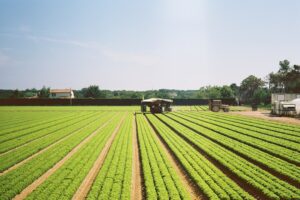


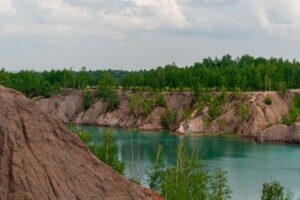






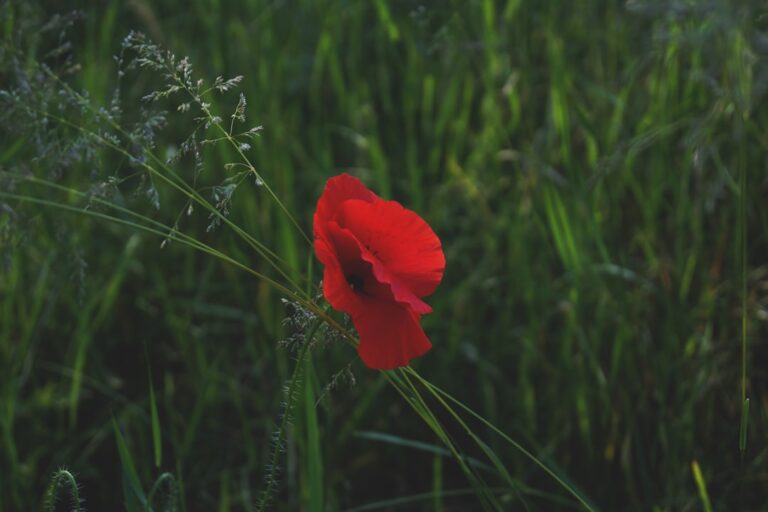

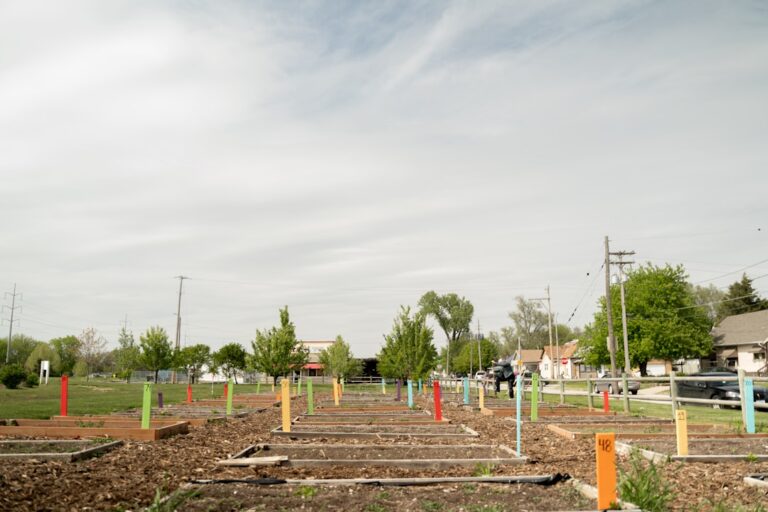

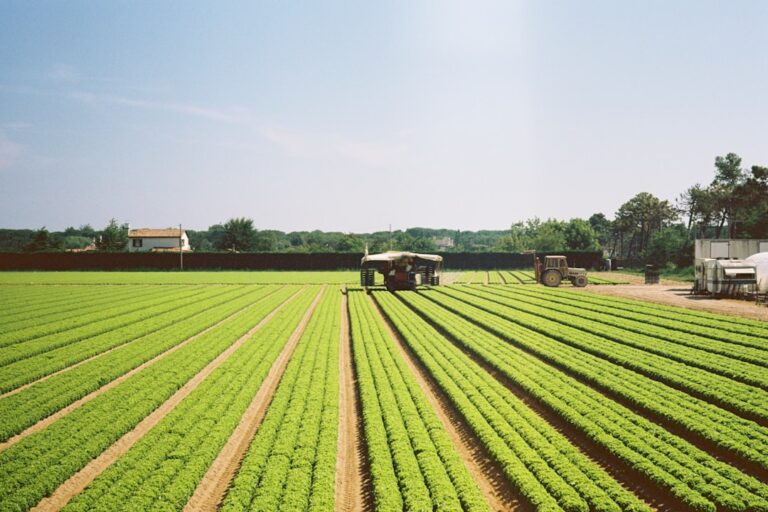


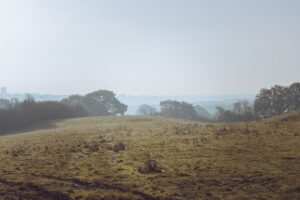





+ There are no comments
Add yours